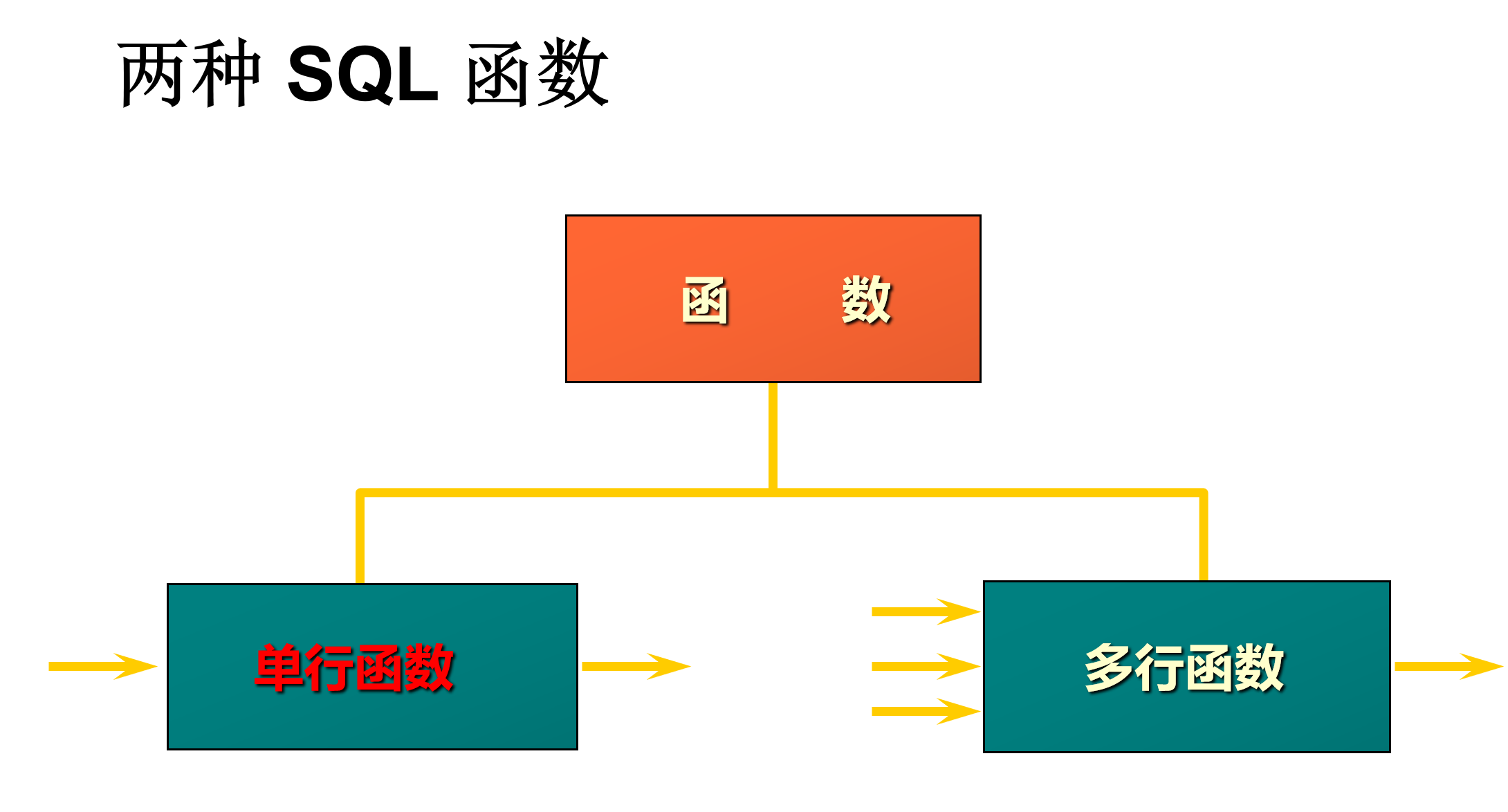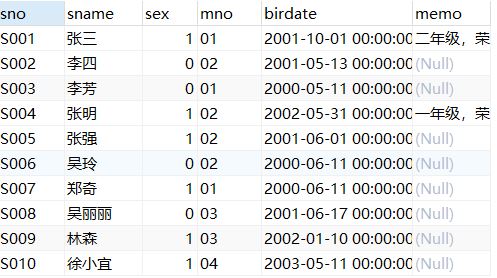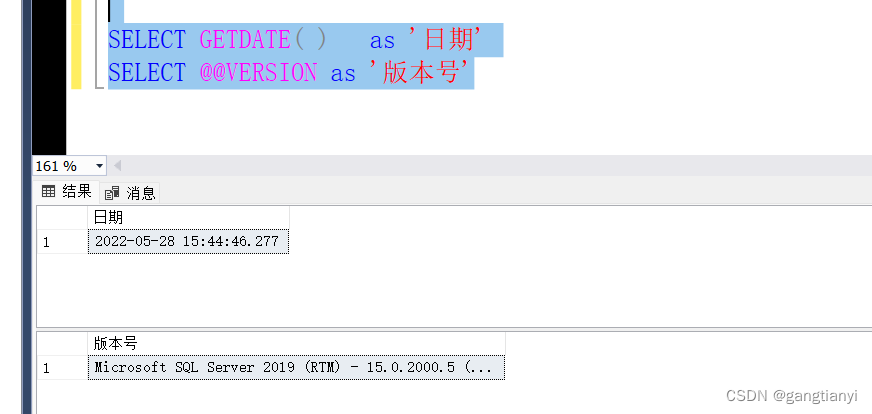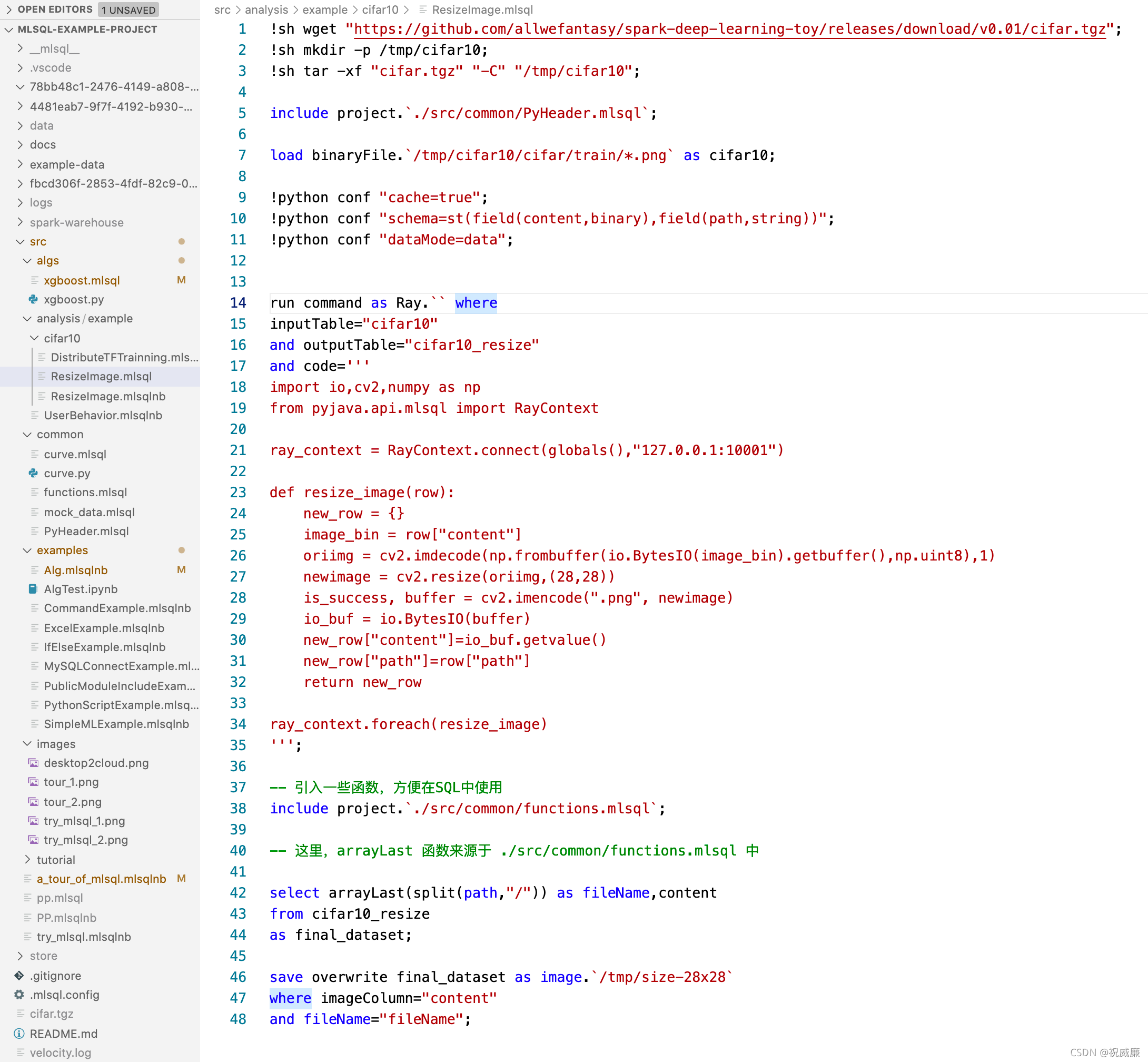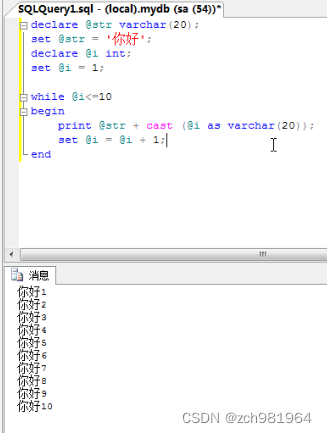–pl/sql编程语言
–pl/sql编程语言是对sql语言的扩展,是的sql语言具有过程化编程的特性
–pl/sql编程语言比一般的过程化编程语言,更加灵活高效
–pl/sql编程语言主要用来编写存储过程和存储函数等。
--声明方法,定义变量
--赋值操作可以用 := 也可以使用 into 查询语句赋值
declarei number(2):=10; --数值型变量s varchar2(10):='小明'; --字符型变量ena emp.ename%type; --引用型变量,直接取出emp表中ename的类型给enaemprow emp%rowtype; --记录型变量,可以理解为可以存一行记录
begindbms_output.put_line(i); --输出语句dbms_output.put_line(s);select ename into ena from emp where empno=7788;dbms_output.put_line(ena);select * into emprow from emp where empno=7788;dbms_output.put_line(emprow.ename||'的工作为:'||emprow.job);
end;
执行之后看输出结果:

--pl/sql中的if判断
--输入小于18的数字,输出未成年
--输入大于18小于40的数字,输出中年人
--输入大于40的数字,输出老年人declare
--number给个3位表示年龄够了,最大可以是999,输入的写法 & 后根据自己喜欢写个字母i number(3):=ⅈ
beginif i<18 thendbms_output.put_line('未成年');elsif i<40 thendbms_output.put_line('中年人');elsedbms_output.put_line('老年人');end if;
end;
执行
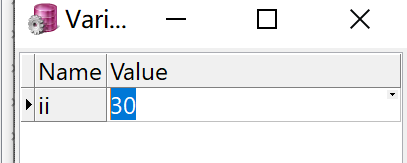
结果

--pl/sql中的loop循环
--用三种方式输出1到10十个数字
--while循环
declarei number(2):=1;
beginwhile i<11 loopdbms_output.put_line(i);i:=i+1;end loop;
end;--exit循环
declarei number(2):=1;
beginloopexit when i>10;dbms_output.put_line(i);i:=i+1;end loop;
end;--for循环
declarebeginfor i in 1..10 loopdbms_output.put_line(i); end loop;
end;
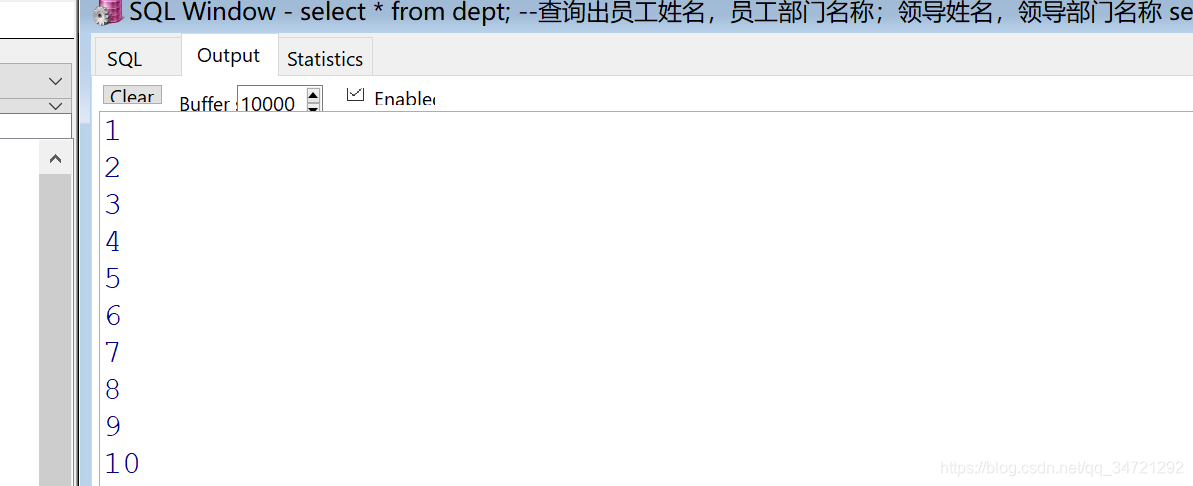
–游标
--游标:可以存放多个对象,多行记录
--输出emp表中的所有员工的姓名
declarecursor c1 is select * from emp;emprow emp%rowtype;
beginopen c1;loopfetch c1 into emprow;exit when c1%notfound;dbms_output.put_line(emprow.ename);end loop;close c1;
end;

--给指定部门员工涨工资
--用到带参数的游标
declarecursor c2(eno emp.deptno%type)is select empno from emp where deptno=eno;en emp.empno%type;
beginopen c2(10);loopfetch c2 into en;exit when c2%notfound;update emp set sal=sal+100 where empno=en;commit;end loop; close c2;
end;
执行前

执行后

存储过程
--存储过程
--存储过程:存储过程就是提前编译好的一段pl/sql语言,放置在数据库端
---可以直接被调用。这一段pl/sql一般都是固定步骤的业务。
--给指定员工涨100块钱
create or replace procedure p1(eno emp.empno%type)
isbeginupdate emp set sal=sal+100 where empno=eno;commit;
end;

--测试p1
declarebeginp1(7788);
end;
测试执行前:

测试执行后:

存储函数
---通过存储函数计算指定员工的年薪
--存储过程和存储函数的参数都不能带长度
--存储函数的返回值类型不能带长度
create or replace function f_yearsal(eno emp.empno%type) return number
iss number(10);
beginselect sal*12+nvl(comm,0) into s from emp where empno=eno;return s;
end;

---测试f_yearsal
---存储函数在调用的时候,返回值需要接收
declares number(10);
begins:=f_yearsal(7788);dbms_output.put_line(s);
end;

--out类型参数如何使用
---使用存储过程来算年薪
create or replace procedure p_yearsal(eno emp.empno%type,yearsal out number)
iss number(10);c emp.comm%type;
beginselect sal*12,nvl(comm,0) into s,c from emp where empno=eno;yearsal:=s+c;
end;

--测试
declareyearsal number(10);
beginp_yearsal(7788,yearsal);dbms_output.put_line(yearsal);
end;

in和out类型参数的区别是什么?
凡是涉及到into查询语句复制或者 := 复制操作的参数,都必须用out来修饰。
–存储过程和存储函数的区别
–语法区别:关键字不一样
----存储函数比存储过程多了两个return。
–本质区别:存储函数有返回值,而存储过程没有返回值。
—如果存储过程实现有返回值的业务,我们就必须使用out类型的参数
—即便是存储过程使用了out类型的参数,其本质也不是真的有了返回值
—而是在存储过程内部给out类型的参数赋值,在执行完毕后,我们直接拿到输出类型参数的值。
--我们可以使用存储函数有返回值的特性,来自定义函数。
--而存储过程不能用来自定义函数。
--案例需求:查询出员工姓名,员工所在部门名称。
--案例准备工作:把scott用户下的dept表复制到当前用户下
create table dept as select * from scott.dept;
--使用传统方式来实现需求
select e.ename,d.dname
from emp e,dept d
where e.deptno=d.deptno;
--使用存储函数提供一个部门编号,输出一个部门名称
create or replace function fdna(dno dept.deptno%type) return dept.dname%type
isdna dept.dname%type;
beginselect dname into dna from dept where deptno=dno;return dna;
end;

--使用fdna存储函数来实现案例需求:查询出员工姓名,员工所在部门名称。
select e.ename,fdna(e.deptno)
from emp e;

触发器
--触发器,就是制定一个规则,在我们做增删改操作得时候
--只需要满足该规则,就自动触发,无须调用
---语句级触发器:不包含for each row的触发器
---行级触发器:包含for each row的及时行级触发器
----加for each row是为了使用 :old 或者 :new 对象或者一行记录---插入一条记录,输出一个新员工入职
create or replace trigger t1
after
insert
on person
declarebegindbms_output.put_line('一个新员工入职');
end;

一下面的表为例:

--触发t1
insert into person values(1,'小红');
commit;

再看表数据:

--行级触发器
--不能给员工降薪
---raise_application_error(-20001~-20999之间,'错误信息');
create or replace trigger t2
before
update
on emp
for each row
declarebeginif :old.sal>:new.sal thenraise_application_error(-20001,'不能给员工降薪');end if;
end;
---触发t2
update emp set sal=sal-1 where empno=7788;
commit;
工资没变:

--触发器实现主键自增【行级触发器】
--分析:在用户做插入操作之前,拿到即将插入的数据
---给给该数据中的主键列赋值。
create or replace trigger auid
before
insert
on person
for each row
declarebeginselect s_person.nextval into :new.pid from dual;
end;


--使用auid实现主键自增
insert into person (pname) values ('a');
commit;

insert into person values(1,'b');
commit;

